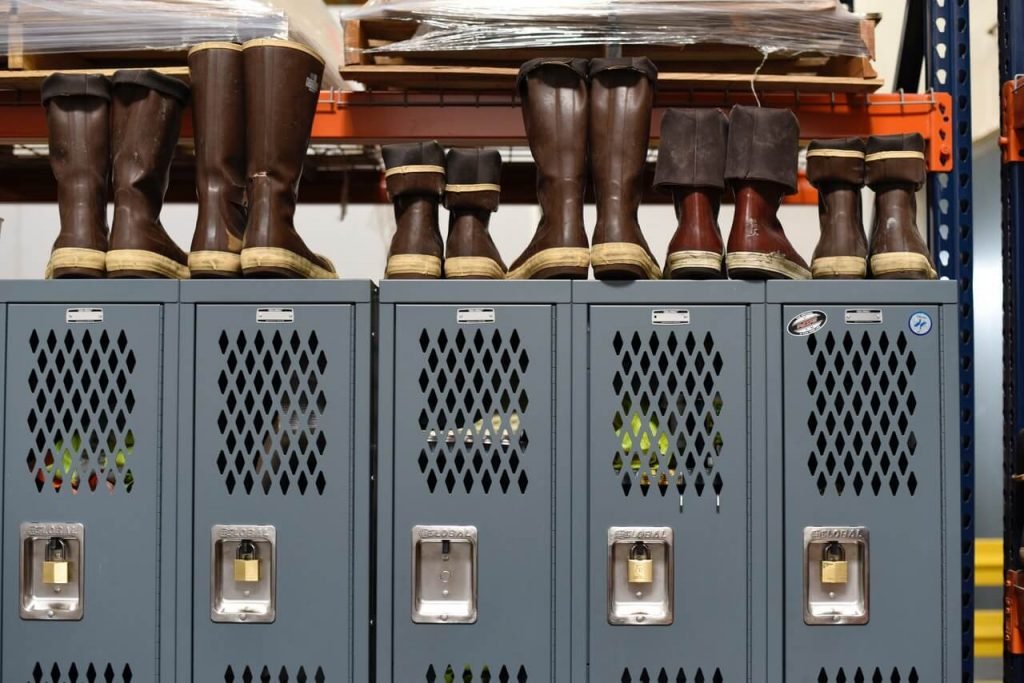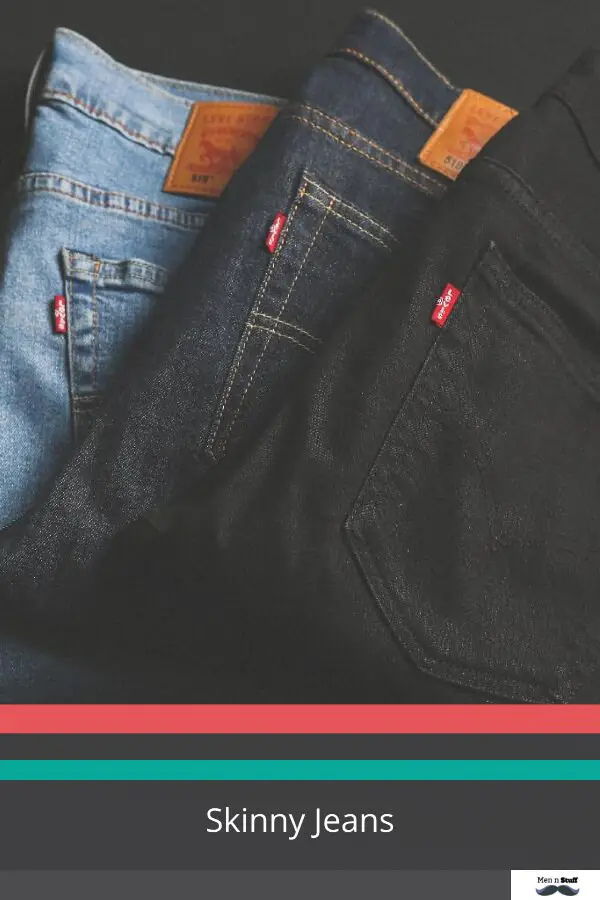The life of a fashion designer is a mix of creativity, hard work, and business acumen. They must be able to come up with new and innovative designs, as well as have the skills to turn those designs into reality.

What Is A Fashion Designer And What Do They Do?
1. Definition of a Fashion Designer
A fashion designer is a professional who applies their creativity and artistic flair to design clothing and fashion accessories. They translate their vision of trends and individual styles into outfits and pieces that consumers can wear and appreciate.
2. Role of a Fashion Designer
A fashion designer plays an integral role in the fashion industry. They conceptualize designs, select fabrics and other materials, choose color schemes, sketch designs, and supervise production. They strive to create appealing attire that meets market demand while also fulfishing their unique creative vision.
3. Creativity and Innovation
A significant task of a fashion designer is to come up with new and innovative designs. They interpret fashion trends, develop a theme for a collection, and are frequently involved in sketching designs or using design software. Boldness, innovation, and a knack for the aesthetic are key components of this role.
4. Material Selection
Choosing the right materials is another crucial duty of a fashion designer. They must carefully select fabrics, trims, embellishments, and other materials that will emphasize the best features of their designs. This involves knowledge of different fabric types and their properties.
5. Understanding Consumer Needs
One of the pivotal responsibilities of a fashion designer is to understand their target market. They must be aware of their customers’ preferences, including styles, colors, patterns, and price points. This understanding helps them create designs that appeal to their target demographic.
6. Production Overseeing
Fashion designers cooperate with production teams to ensure garments are manufactured correctly. They guide the teams throughout the production process and resolve any challenges concerning the garment’s specifications to maintain high-quality standards.
7. Marketing and Promotion
In addition to their design duties, fashion designers often participate in marketing and promoting their designs. This may include attending fashion shows, partnering with marketing professionals, and utilizing social media to showcase their work and establish their brand’s reputation.
What Is The Life Of A Fashion Designer?
The life of a fashion designer is characterized by creativity, innovation, hard work, and a passion for style and aesthetics. Here’s a detailed overview of what it takes to be a successful fashion designer:
- Education and Training:
- Many fashion designers start by earning a degree in fashion design or a related field. Fashion design programs are offered by numerous renowned institutions worldwide.
- Practical experience through internships or apprenticeships with established designers can be invaluable.
- Creative Process:
- Fashion designers begin by brainstorming ideas and sketching their concepts. They draw inspiration from various sources, such as art, culture, history, and current trends.
- Fabric selection, color choices, and pattern creation are integral to the design process.
- Designers may use computer-aided design (CAD) software to create digital prototypes of their designs.
- Research and Trend Analysis:
- Staying current with fashion trends is essential. Designers attend fashion shows, follow industry publications, and analyze consumer preferences.
- Understanding the market and target audience is crucial for designing products that sell.
- Pattern Making and Prototyping:
- Once a design is finalized, pattern makers create templates for the garments. These templates serve as blueprints for cutting and sewing.
- Prototypes or samples are created to test the design’s feasibility and fit.
- Production and Manufacturing:
- Fashion designers work closely with manufacturers or production teams to bring their designs to life.
- Quality control and attention to detail are paramount in ensuring the final product meets the designer’s vision.
- Marketing and Promotion:
- Designers often collaborate with marketing and branding teams to create a unique identity for their fashion brand.
- They participate in fashion shows, advertise in fashion magazines, and utilize social media to showcase their collections.
- Business and Finance:
- Managing finances, budgets, and sales is essential for the success of a fashion designer.
- Establishing partnerships with retailers or setting up their own boutiques are common paths to distribute their creations.
- Long Hours and Dedication:
- Fashion designers often work long hours, especially during peak seasons and before fashion shows.
- Perseverance and dedication are necessary to overcome challenges in this competitive industry.
- Adaptability and Innovation:
- The fashion industry is ever-evolving, so designers must adapt to changing tastes and technologies.
- Innovation in design, materials, and sustainable practices is increasingly important.
- Networking:
- Building relationships with other designers, industry professionals, and potential buyers can open doors for collaborations and opportunities.
- Criticism and Rejection:
- Facing critique and rejection is common. Designers must learn from feedback and continually refine their skills.
Skills Needed to Become A Successful Fashion Designer
Becoming a successful fashion designer requires a diverse skill set that encompasses creativity, technical expertise, business acumen, and interpersonal skills. Here’s a detailed breakdown of the skills needed to excel in this competitive field:
- Creativity and Artistic Vision:
- The foundation of fashion design is creativity. A keen eye for aesthetics, the ability to think outside the box, and an innovative mindset are crucial.
- Drawing and Sketching:
- Proficiency in sketching and illustrating designs is essential to communicate ideas visually. Fashion designers use sketches to convey their vision to team members and clients.
- Fashion Knowledge:
- In-depth knowledge of fashion history, current trends, and emerging styles is vital. Staying informed about global fashion influences is key to creating relevant designs.
- Understanding Fabrics and Materials:
- A strong grasp of different fabrics, textiles, and their properties is necessary to select the right materials for specific designs.
- Pattern Making and Sewing Skills:
- The ability to create patterns and sew garments is fundamental. Knowing how to construct a garment from scratch or make alterations is crucial for bringing designs to life.
- Color Theory:
- Understanding color theory and the psychology of colors is vital for selecting appropriate color palettes for designs.
- Computer-Aided Design (CAD):
- Proficiency in CAD software like Adobe Illustrator or fashion-specific software is valuable for creating digital designs and technical drawings.
- Attention to Detail:
- Meticulous attention to detail ensures that garments are well-crafted and meet quality standards.
- Trend Forecasting:
- The ability to predict and stay ahead of fashion trends is crucial. Trend forecasting involves analyzing market data, consumer behavior, and cultural influences.
- Business and Marketing Skills:
- Understanding fashion business fundamentals, including budgeting, pricing, and marketing strategies, is essential for running a successful fashion brand.
- Communication and Presentation:
- Effective communication skills are vital for conveying ideas to team members, clients, and manufacturers. Presentation skills are important for showcasing collections.
- Problem-Solving:
- Fashion designers often face challenges in design, production, and logistics. The ability to find creative solutions is a valuable skill.
- Adaptability:
- The fashion industry evolves rapidly. Being adaptable and open to change is crucial for staying relevant.
- Time Management:
- Fashion designers often work on tight deadlines, so strong time management skills are necessary to meet project milestones.
- Networking and Collaboration:
- Building relationships with suppliers, manufacturers, models, photographers, and other industry professionals is essential for opportunities and collaborations.
- Resilience and Perseverance:
- The fashion industry can be highly competitive and demanding. Resilience and the ability to bounce back from setbacks are critical.
- Cultural Awareness:
- Understanding diverse cultures and their fashion preferences is valuable, especially in a globalized industry.
- Sustainability Awareness:
- As sustainability becomes increasingly important, knowledge of eco-friendly materials and practices is a significant asset.
How Do You Become A Fashion Designer?
There are a few ways that you can become a fashion designer. One way is to go to school and study the subject, which will teach you everything from how patterns work to how different types of fabric react with each other. Another option is to start as an apprentice after high school or university, where you’ll be able to learn in more detail about all aspects of design and manufacturing for clothes – including things like sketching new designs on paper and then turning them into clothing! You could also try being self-taught by looking at online tutorials (or even trying out your own ideas). The important thing when it comes down to learning this skill set is really finding time every day for drawing new sketches, designing and making prototypes…and just need patience.
The Education Required To Be A Fashion Designer
Fashion designers need to be educated in fashion design, pattern making, sewing, and many other skills that are unique to this profession. If you’re a student thinking about going into arts & crafts as a career path then there is no better time than now! There’s so much information out there on how to break into different aspects of the industry like being an assistant designer for well-known brands and starting your own line from scratch – just do some research because it can take years before you get what you want if anything at all.”
What Does It Take To Be Successful In This Field?
It’s really difficult to answer this question because it varies from person to person. The life of a fashion designer is an unpredictable one, but if you’re up for the challenge then we’ll need your creativity and understanding of style! There are so many different aspects that designers must have in order to succeed including patience, endurance, good communication skills…the list goes on.”
There are tons of resources out there like books or blogs with information about what successful careers require – I would recommend checking them out as well!”
“I actually find that reading other people’s stories can be extremely helpful in figuring out what success looks like – these interviews with prominent designers will give you some insight into how they got where they are today.”
Can Men Become Great Fashion Designers?
“It’s not just the women in our industry that are successful – there is plenty of room for men to do great work too.”
“I think it all boils down to a person’s creativity and their understanding of style. If you have those two things, then I’m sure you’ll be able to make it as a successful designer!”
There are so many different aspects that designers must have in order to succeed including patience, endurance, good communication skills…the list goes on.”
A lot of people might look at fashion design as being an easy or glamorous job but trust me when I tell you that this career is anything but! But with persistence and dedication, anyone can become a top-notch designer.
Pros Of Fashion Designer Jobs
-Designers get to work with fabrics, colors, and textures in everyday life – the most exciting thing is seeing someone wear something that you created!
-Fashion designers are able to express themselves through their designs which makes for an extremely fulfilling career.
-It’s a great way of making friends (fashion designer jobs often require collaborating with people).
Cons of fashion designer jobs: The hours can be long depending on where the studio or company is located as well as if they’re working from home. It can also take some time before you see your finished products being sold so it may not be suited for everyone.” “Some other negatives about this profession might include low pay, inconsistency, lack of opportunity.
Cons of fashion designer life: “The hours can be long depending on where the studio or company is located as well as if they’re working from home. It can also take some time before you see your finished products being sold so it may not be suited for everyone.”
Some other negatives about this profession might include low pay, inconsistency, lack of opportunity.
Fashion designers need to have a special type of personality with an eye for design and creativity! If that sounds like something you would enjoy doing then we recommend giving it a try!”
References:
https://thebestschools.org/careers/career-guide/fashion-designer/
https://blog.hocking.edu/13-skills-needed-to-become-a-successful-fashion-designer

